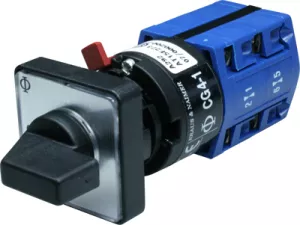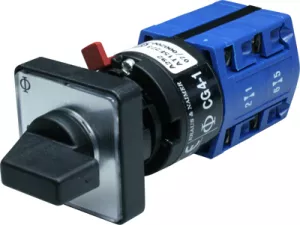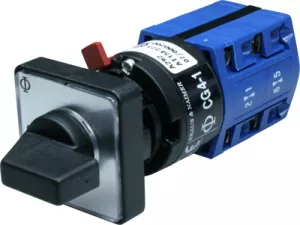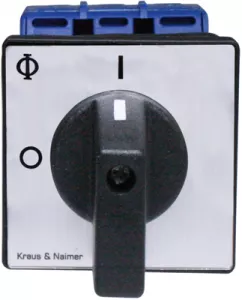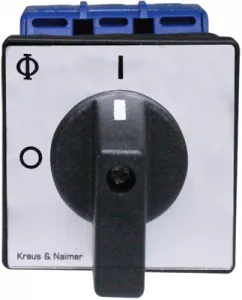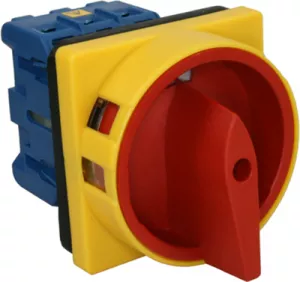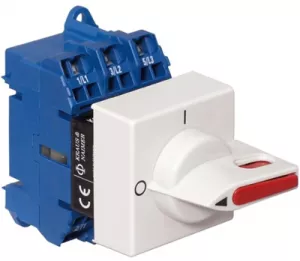Circuit Breakers
Order No.:
06N5832
Manufacturer SKU:
CG4-1.A241.FS2
Order No.:
06N5834
Manufacturer SKU:
CG4-1.A242.FS2
Order No.:
06N5840
Manufacturer SKU:
CG4-1.A550.FS2
Order No.:
06N5892
Manufacturer SKU:
KG32A.T303.E
Order No.:
06N5896
Manufacturer SKU:
KG64B.T303.E
Order No.:
06N5906
Manufacturer SKU:
KG41B.T203/01.E
Order No.:
06N5908
Manufacturer SKU:
KG64B.T203/01.E
Order No.:
06N5910
Manufacturer SKU:
KG20A.T303.VE2

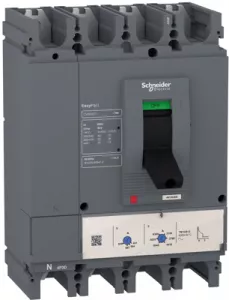
Order No.:
06P7982
Manufacturer SKU:
LV540312

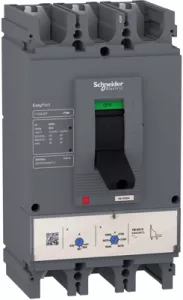
Order No.:
06P7983
Manufacturer SKU:
LV540306

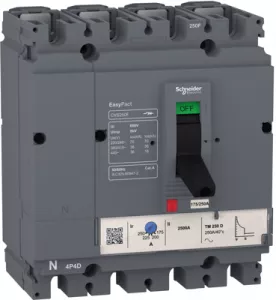
Order No.:
06P7984
Manufacturer SKU:
LV525353

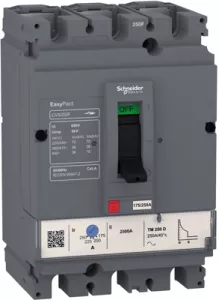
Order No.:
06P7985
Manufacturer SKU:
LV525333

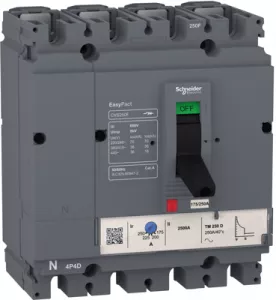
Order No.:
06P7986
Manufacturer SKU:
LV516353

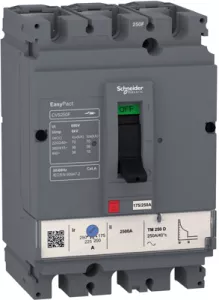
Order No.:
06P7987
Manufacturer SKU:
LV516333

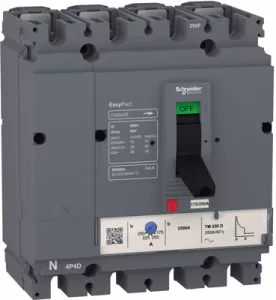
Order No.:
06P7988
Manufacturer SKU:
LV510357

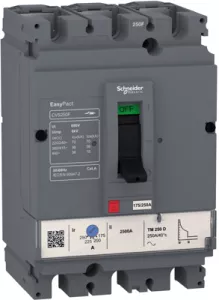
Order No.:
06P7989
Manufacturer SKU:
LV510337


Order No.:
12G7600
Manufacturer SKU:
172001

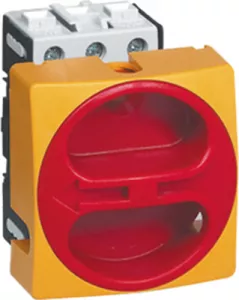
Order No.:
12G7604
Manufacturer SKU:
172201

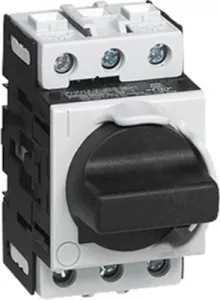
Order No.:
12G7606
Manufacturer SKU:
174005

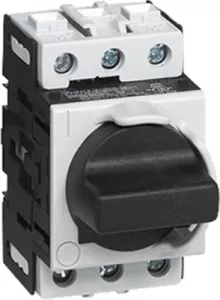
Order No.:
12G7608
Manufacturer SKU:
174105
Safety guaranteed: Functions and advantages of switch-disconnectors
Circuit breakers are used to protect electrical circuits by automatically switching off in the event of an overload or short circuit. They can be switched back on, eliminating the need for one-way fuses. Switch-disconnectors, on the other hand, specialize in safely isolating electrical circuits from the power supply.
Unlike circuit breakers, switch-disconnectors do not perform a protective function, but merely ensure safe isolation as well as prevention of accidental switch-on. Both electromechanical components are indispensable in electrical installations and in the energy sector, with circuit-breakers primarily ensuring the protection of installations, while switch-disconnectors are used for maintenance and repairs.

